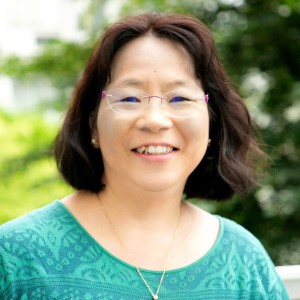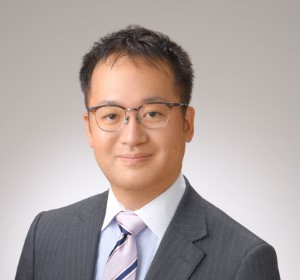Keynotes
Keynote 1 (August 8, 9:00-10:00)

Prof. Mutsumi Imai (Faculty of Environment and Information Sciences, Keio University)
Title: How do humans connect the continuous visual world and discrete linguistic symbols?
Abstract:
Language divides the continuous visual world into discrete categories and names them. Lexical categories do not encode all features existing in the world in their meanings: Only a single, or a limited number of features are packed into words. In this talk, I explore how humans connect the visual world and discrete linguistic categories. For this exploration, I address the following questions: How do words –nouns, verbs and adjectives– extract the essence of the objects, action events, and properties in the world? Are there any universal concepts that are codified across all languages? How does diversity in linguistic codification of the world arise? How do human children anchor words onto a continuous visual world? How do they construct a vast system of lexical symbols, which even contain concepts that cannot be mapped onto visual reality
Bio:
Mutsumi Imai received her doctoral degree (Ph.D. in Cognitive Psychology) from Northwestern University in the USA in 1994. Her advisor was Dr. Dedre Gentner. She joined the faculty of Keio University as an Assistant Professor in 1993. Since 2006, she has been Professor of Psychology at the Faculty of Environment and Information Studies, Keio University.
Keynote 2 (August 9, 9:00-10:00)

Prof. Masahiko Inami (Research Center for Advanced Science and Technology, The University of Tokyo)
Title: JIZAI Body: beyond human limits
Abstract:
Social revolutions have been accompanied by innovations in the perception of the body. If we consider the information revolution as the digital transformation of physical society into a cyber society, it will be necessary to construct a “JIZAI body” (a virtual cyborg) that can freely adapt to these changes and establish a new perspective on the body. In this presentation, we will introduce our efforts to construct the “JIZAI body” based on virtual reality, robotics, and wearable technology. Furthermore, we will discuss implicit support technologies for realizing human-machine integration and support for skill transfer and acquisition.
Bio:
Masahiko Inami received his Ph.D. from School of Engineering, The University of Tokyo in 1999. After served as Research Associate and Research Assistant at The University of Tokyo, and Lecturer and Assistant Professor at University of Electro-Communications, he was a Visiting Scientist at CSAIL, MIT, in 2005. Then, he was appointed as Professor at University of Electro-Communications in 2006, Professor at Graduate School of Media Design, Keio University in 2008, and Professor at Graduate School of Information Science and Technology, The University of Tokyo, in 2015, respectively. He has been Professor at RCAST, The University of Tokyo since 2016.